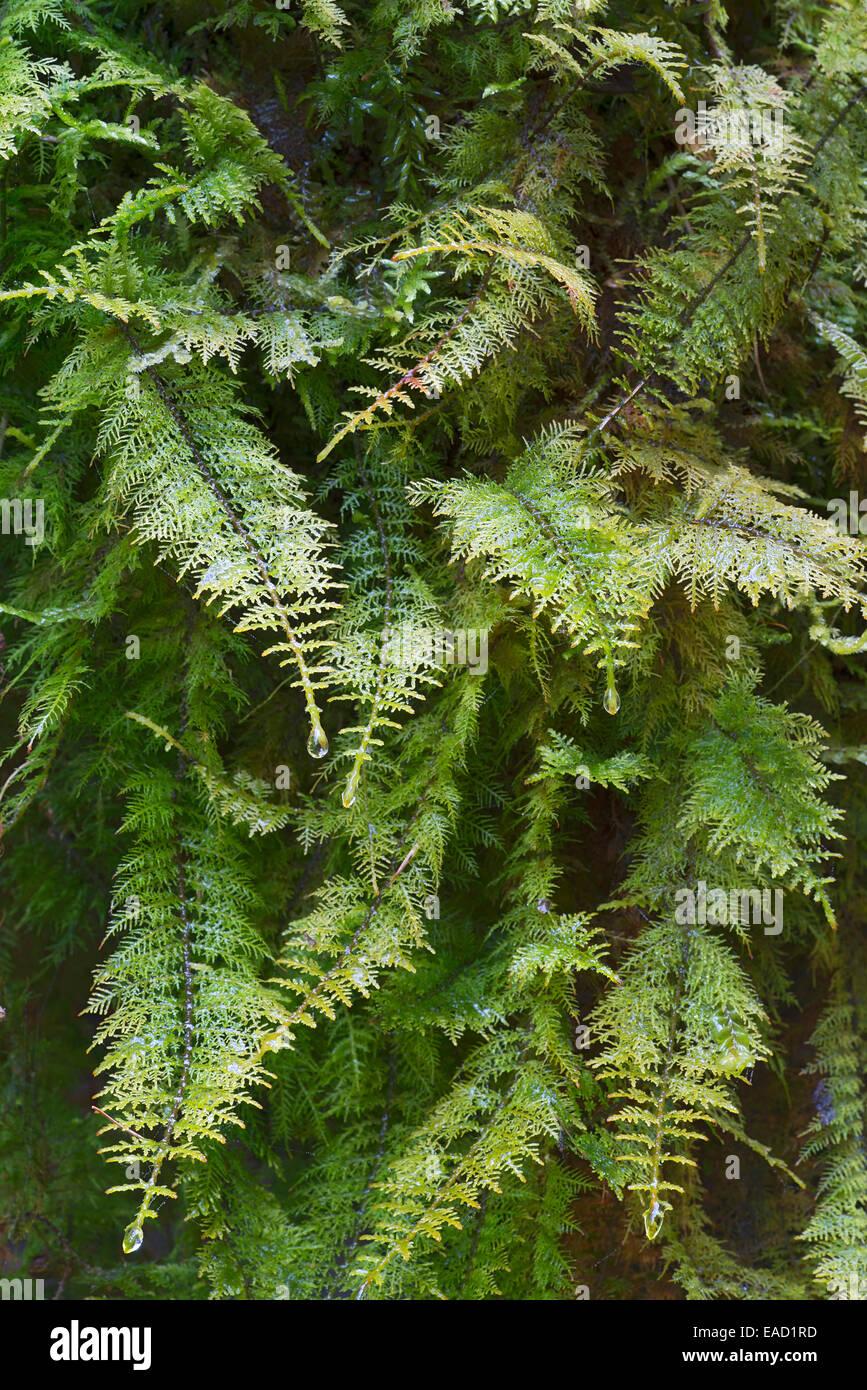Exploring the Enchanting World of Thuidium Moss
Affiliate Disclaimer: As an affiliate, we may earn a small commission when you make a purchase from any of the links on this page at no additional cost to you!

medium.jpg from: https://www.inaturalist.org/taxa/406525-Thuidium-laeviusculum
Exploring the Fascinating World of Thuidium laeviusculum Moss
Introduction
Mosses are some of the most ancient and resilient plants on Earth. One particularly interesting species is Thuidium laeviusculum (Mitt.) A.Jaeger, a moss in the Thuidiaceae family. In this blog post, we’ll take a closer look at this fascinating bryophyte, from its unique morphology to its global distribution and ecological roles. Get ready to dive into the tiny but mighty world of Thuidium moss!

thuidium-08-bj.jpg from: https://wcbotanicalclub.org/thuidium-08-bj/
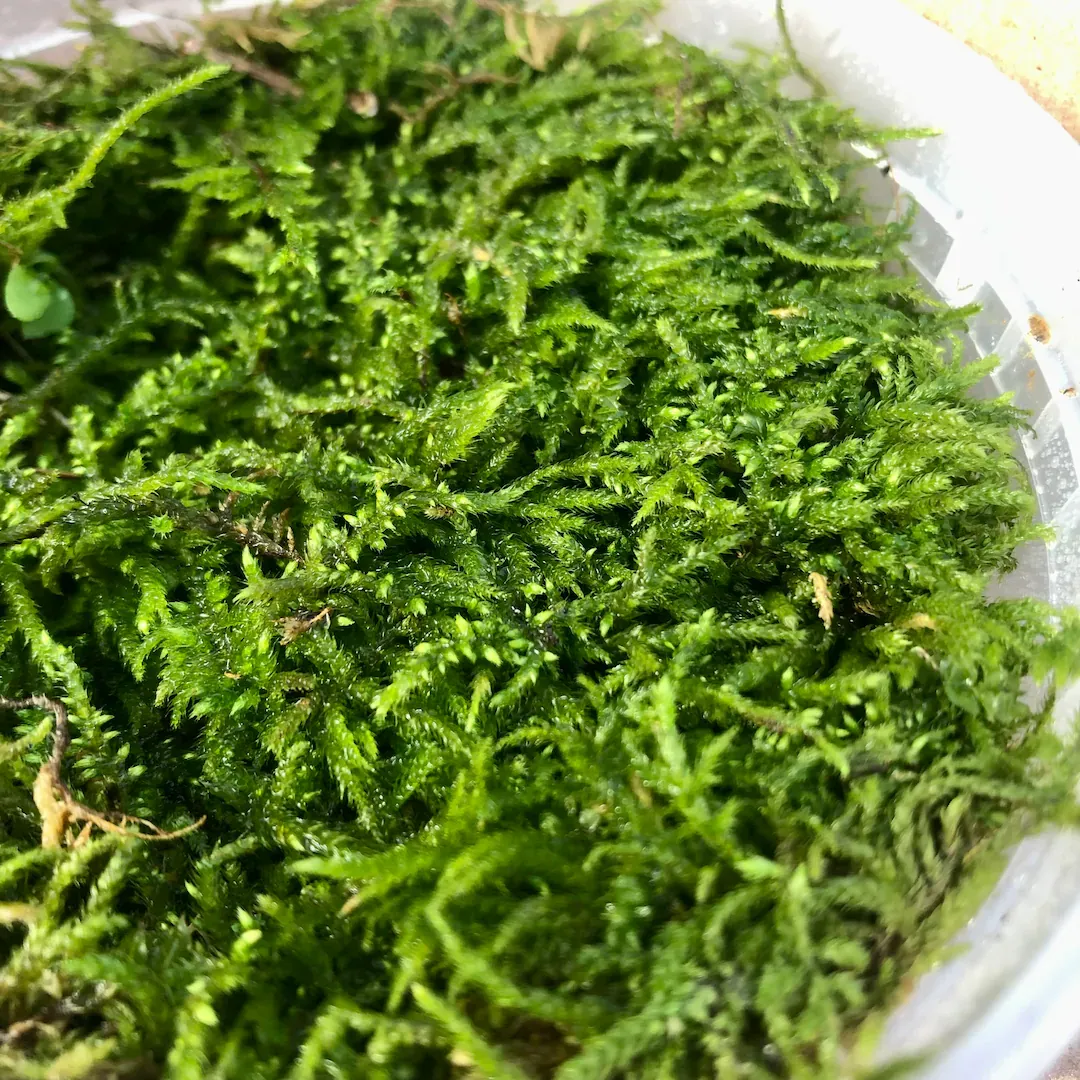
il_1080xN.3593019591_tq8a.jpg from: https://www.etsy.com/listing/1130593882/fern-moss-thuidium-delicatulum-live
Background on Mosses
Before we focus on T. laeviusculum specifically, let’s review some background on mosses in general. Mosses are non-vascular plants in the division Bryophyta. They lack true roots, stems, and leaves, instead having structures that serve similar functions. Mosses reproduce via spores rather than seeds and require moisture for sexual reproduction. There are over 12,000 moss species found all around the world, from the Arctic to the tropics.

16696013035_6257abf8f9_b.jpg from: https://www.flickr.com/photos/mausboam/16696013035/

common-tamarisk-moss-thuidium-tamariscinum-hypnum-tamariscinum-thuidium-tamariscifolium-with-capsules-germany-TR6DHH.jpg from: https://www.alamy.com/common-tamarisk-moss-thuidium-tamariscinum-hypnum-tamariscinum-thuidium-tamariscifolium-with-capsules-germany-image255224637.html
Morphology and Identification
Thuidium laeviusculum is a pleurocarpous moss, meaning it has a branching, mat-forming growth habit. Its stems can reach 5-10 cm long. The leaves are small (0.6-1.2 mm), ovate to triangular in shape, and have short, single costae (midribs). A key identifying feature is the presence of paraphyllia, small leaf-like structures, on the stems.
The leaf cells are short and rounded to irregularly angular. Sporophytes (spore-producing structures) are common, with capsules that are cylindrical and inclined to horizontal. The seta (capsule stalk) is 1-2 cm long and reddish-brown.
Global Distribution and Habitat
T. laeviusculum has a wide distribution, found in North and South America, Europe, Asia, Africa, and the Pacific Islands. It grows in a variety of habitats, including on soil, rocks, tree bases and logs in forests, as well as in grasslands, wetlands and disturbed areas. This moss is tolerant of a range of moisture and light conditions.
Ecological Roles and Adaptations
Like other mosses, Thuidium laeviusculum plays important ecological roles:
- Helps retain moisture and prevent erosion
- Provides habitat for micro-organisms and small invertebrates
- Pioneers disturbed or bare substrates
- Contributes to nutrient cycling
- Serves as a bioindicator of air and water quality
T. laeviusculum has several adaptations that allow it to thrive:
- Leaves with lamellae and paraphyllia to increase surface area for photosynthesis and moisture absorption
- Rhizoids for attachment to substrates
- Ability to dry out and rehydrate quickly
- Production of large numbers of wind-dispersed spores
common-tamarisk-moss-thuidium-tamariscinum-tyrol-austria-EAD1RD.jpg from: https://www.alamy.com/stock-photo-common-tamarisk-moss-thuidium-tamariscinum-tyrol-austria-75274849.html
Summary Table
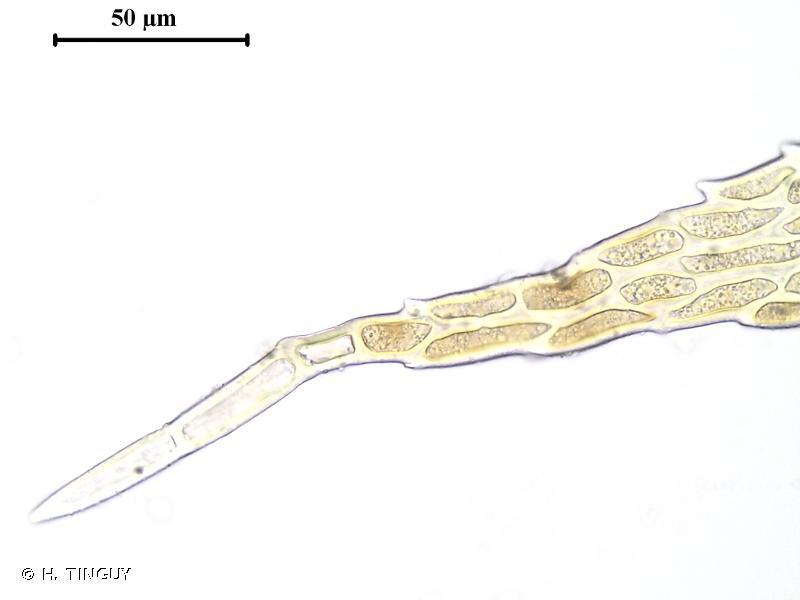
220959.jpg from: https://inpn.mnhn.fr/espece/cd_nom/434424
| Characteristic | Description |
|---|---|
| Division | Bryophyta |
| Class | Bryopsida |
Family
 moss-grows-rocks-common-fern-moss-thuidium-delicatulum-mosses-type-bryophyte-which-group-non-vascular-plants-187348765.jpg from: https://www.dreamstime.com/moss-grows-rocks-common-fern-moss-thuidium-delicatulum-mosses-type-bryophyte-which-group-non-vascular-plants-image187348765 |
Thuidiaceae |
| Genus | Thuidium |
| Species | T. laeviusculum |
| Growth Habit | Pleurocarpous |
| Stem Length | 5-10 cm |
| Leaves | Ovate to triangular, 0.6-1.2 mm, short costa |
| Paraphyllia | Present |
| Sporophytes | Common, cylindrical capsules, 1-2 cm seta |
| Habitat | Varied – soil, rock, trees, wetlands, disturbed areas |
| Distribution | Widespread – Americas, Europe, Asia, Africa, Pacific |
Conclusion
Thuidium laeviusculum is a prime example of how even tiny mosses can be captivating when you take a closer look. From its intricate morphological features to its widespread distribution and ecological significance, this species highlights the incredible diversity of the bryophyte world.
Next time you’re out in nature, take a moment to appreciate the miniature forests of mosses beneath your feet. What other secrets might they hold? The more we study these unassuming yet tenacious plants, the more we realize how much there still is to discover.
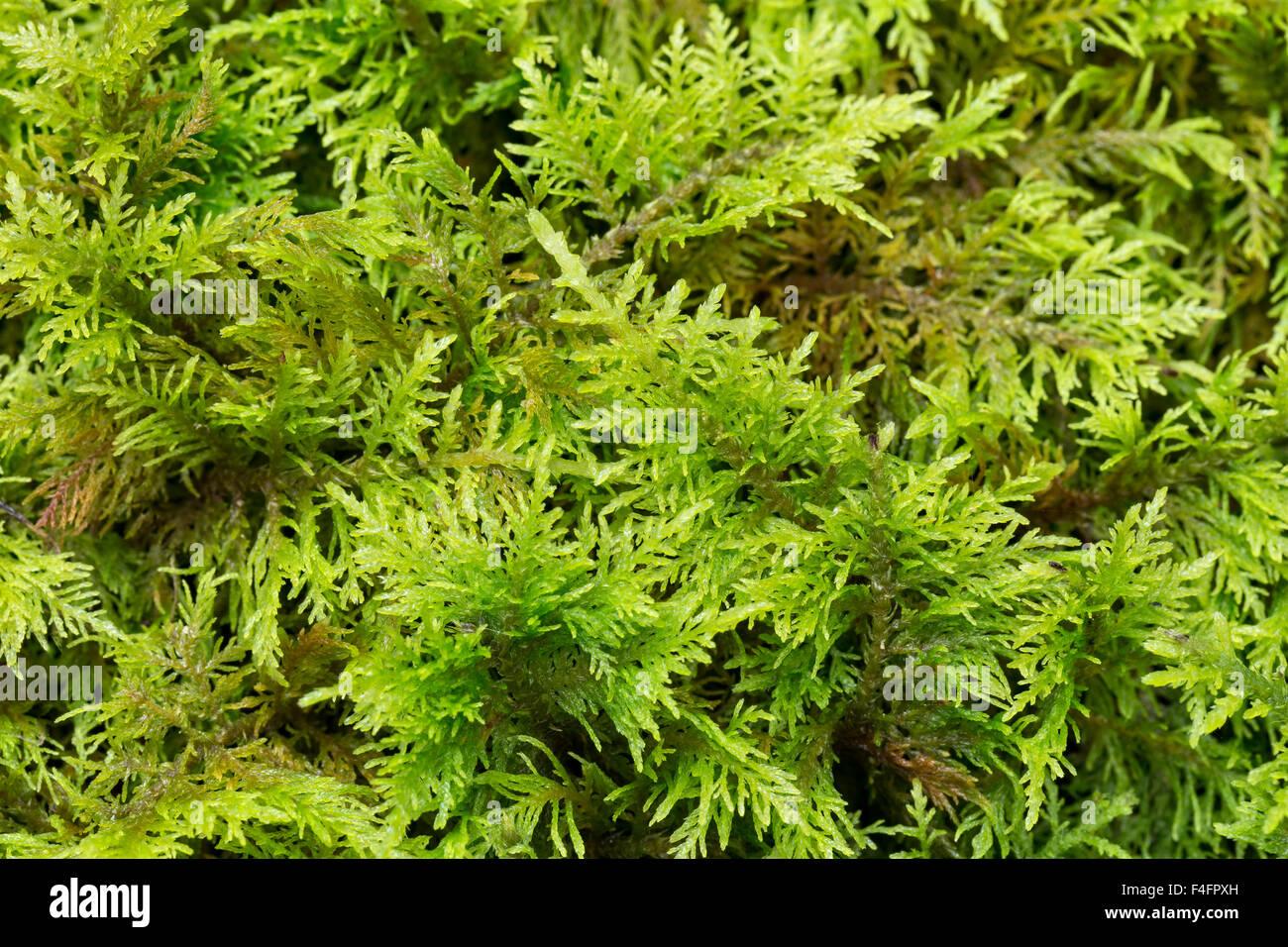
common-tamarisk-moss-thuidium-tamariscinum-peak-district-national-F4FPXH.jpg from: https://www.alamy.com/stock-photo-common-tamarisk-moss-thuidium-tamariscinum-peak-district-national-88857737.html
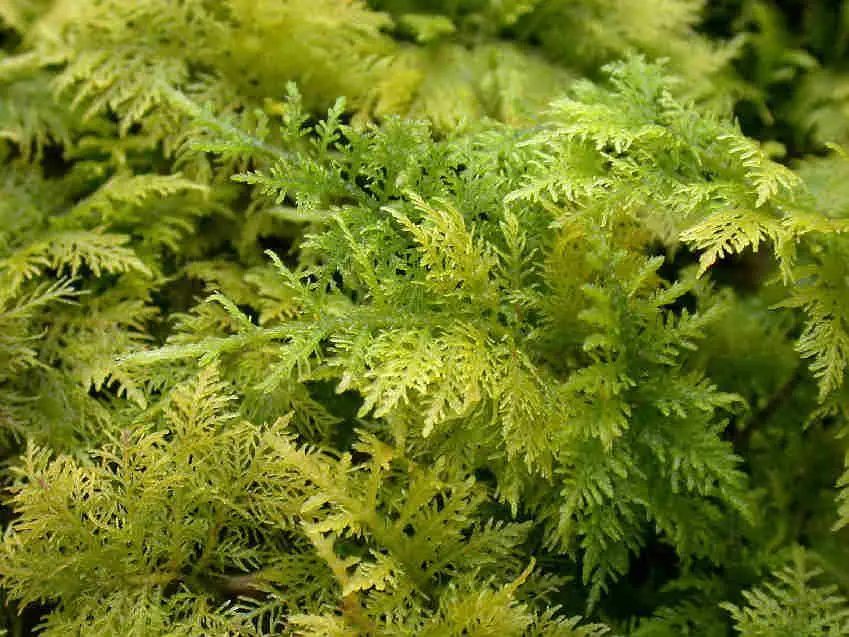
3338ab52bb8050066fcb987ff5f921dd.jpg from: https://ar.pinterest.com/pin/358317714084969804/

